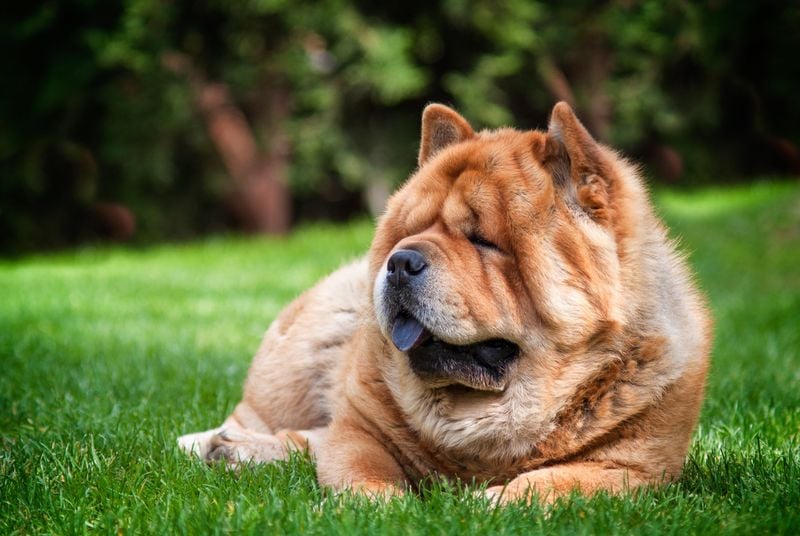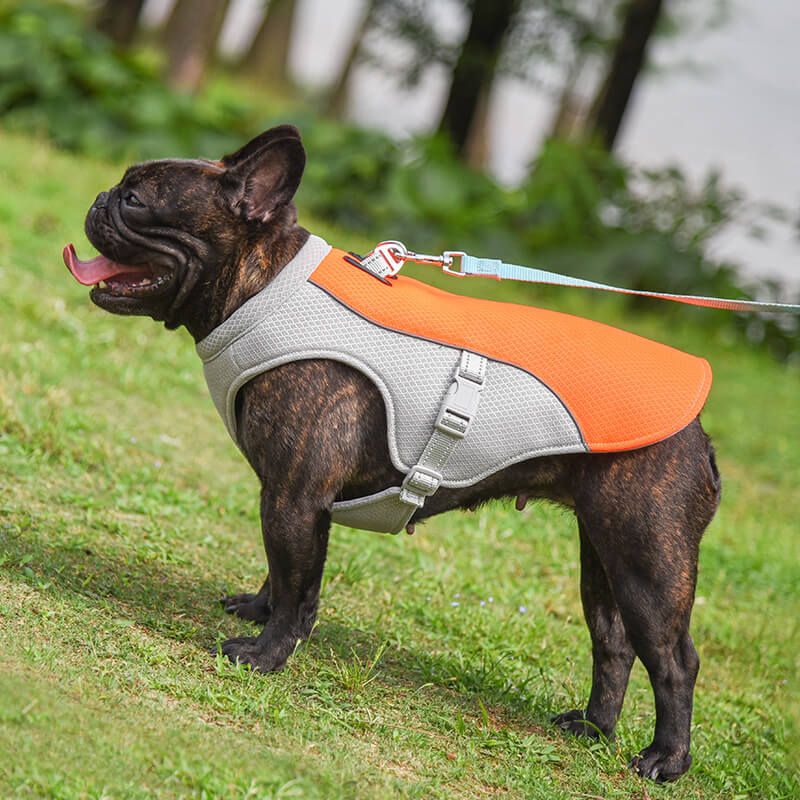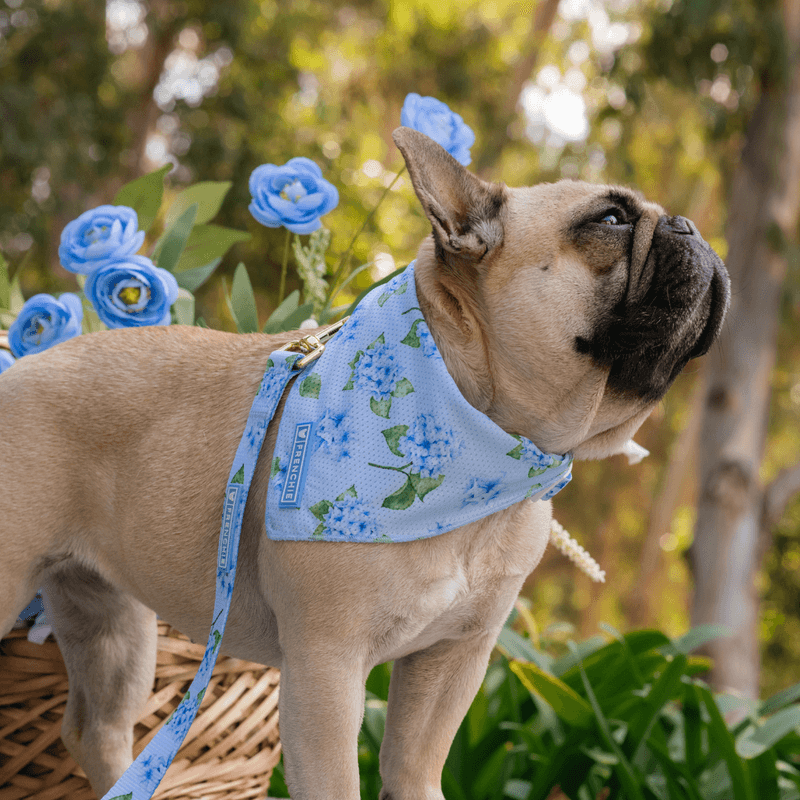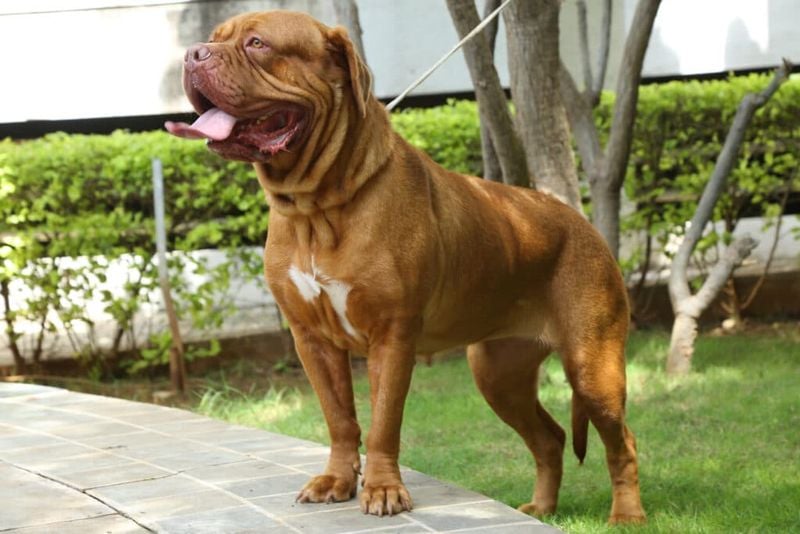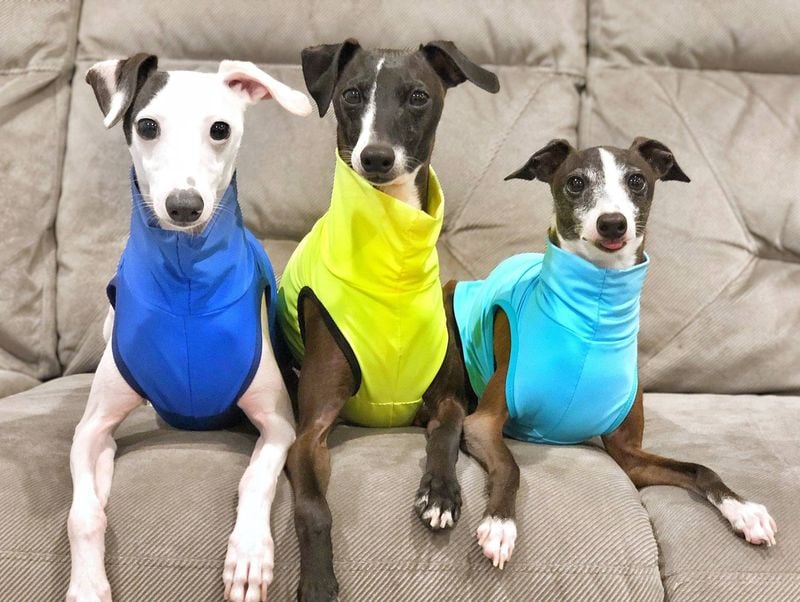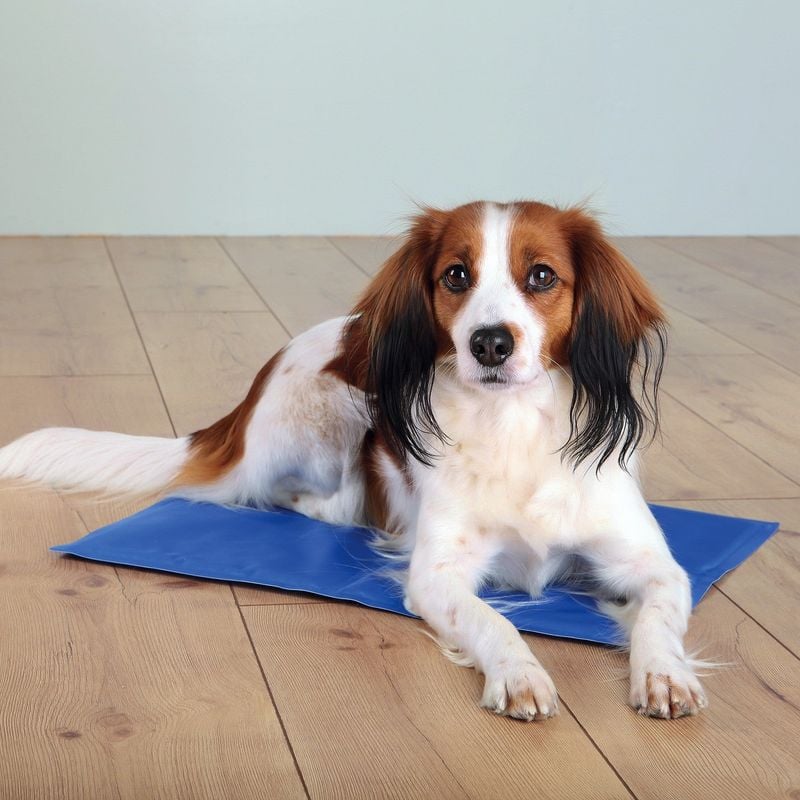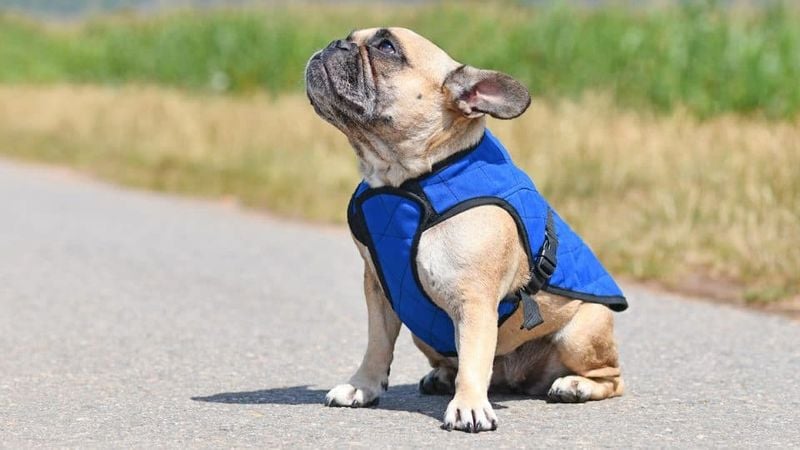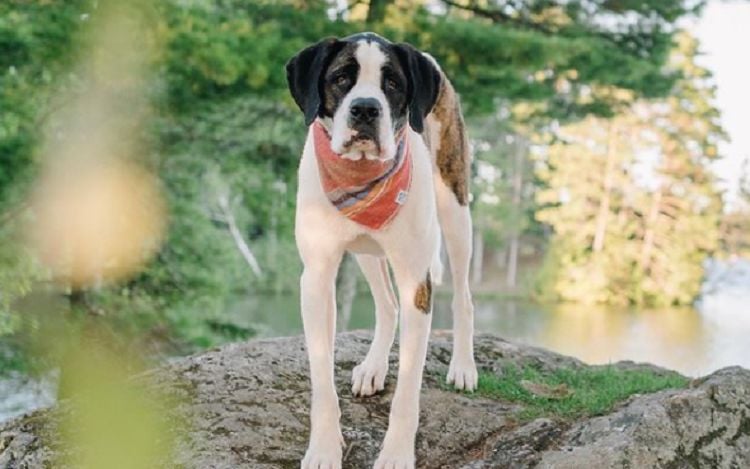These 7 Dog Breeds Struggle Most in the Heat – Here’s How to Help
As summer temperatures climb, it’s not just humans who feel the heat—our furry companions do too. Dogs regulate their body temperature through panting and limited sweat glands, which means they’re already at a disadvantage when the mercury rises. But some breeds are at an even greater risk of heat-related illness, including heat exhaustion and heatstroke, due to specific physical traits.
Flat-faced (brachycephalic) dogs, for example, often have trouble breathing efficiently, making it harder for them to cool down. Breeds with thick, dense coats can retain too much heat, even when resting in the shade. And large, muscular dogs generate more body heat, especially during physical activity. Add in high humidity or a poorly ventilated environment, and you’ve got a recipe for serious danger.
Knowing which dog breeds are more susceptible to heatstroke can help pet owners take smarter, proactive steps during the hottest months of the year. Whether it’s adjusting walk times, providing cooling mats, or limiting outdoor play, small changes can make a big difference in your dog’s health and comfort.
So before the next heatwave hits, take a moment to learn which seven popular dog breeds are especially vulnerable to heat—and how you can help keep them cool, safe, and happy all summer long.
1. Flat-Faced Chow Chows Need Extra Cooling
Recognizable by their lion-like mane and blue-black tongues, Chow Chows face double trouble in hot weather. Their incredibly dense double coat traps heat close to their bodies, while their flat faces make breathing efficiently much harder when temperatures rise.
During summer months, never skip daily brushing to remove loose undercoat. Consider purchasing a cooling mat for your Chow to rest on. Early morning or late evening walks become essential to avoid midday heat.
Some owners find that kiddie pools provide welcome relief, though not all Chows enjoy water. Indoor air conditioning or fans positioned at floor level create comfortable zones where your fluffy friend can escape the worst of summer’s heat.
2. English Bulldogs Require Special Heat Protection
With their adorable wrinkled faces and stocky builds, English Bulldogs charm everyone they meet. Unfortunately, these lovable characteristics make them particularly vulnerable to heat stress and breathing difficulties when temperatures climb.
Air conditioning becomes non-negotiable for Bulldog owners during summer. When outdoors, limit activity to brief potty breaks during cooler hours. Cooling vests designed specifically for dogs can make a remarkable difference during necessary outings.
Watch closely for signs of overheating: excessive panting, drooling, or bright red gums require immediate cooling measures. A shallow pan of water allows your Bulldog to wet their paws, helping them regulate their temperature naturally without full submersion.
3. French Bulldogs Overheat Rapidly Without Intervention
Those bat-like ears and squished faces make Frenchies irresistible companions, but their brachycephalic (flat-faced) structure severely limits their ability to cool themselves through panting. Their compact bodies retain heat easily, creating a dangerous combination on warm days.
Never leave your Frenchie outside unattended during summer months. Indoor climate control keeps them comfortable, while cooling bandanas help during brief outdoor trips. Many owners mistakenly believe short-coated dogs handle heat well – with Frenchies, this couldn’t be further from truth!
Keep fresh water available in multiple locations throughout your home. During walks, carry a spray bottle to mist your pup’s belly and paws occasionally, providing quick relief when needed.
4. Massive Dogue de Bordeaux Faces Serious Summer Challenges
Gentle giants with wrinkled faces and massive heads, the Dogue de Bordeaux (French Mastiff) struggles significantly when mercury rises. Their combination of short muzzles, heavy muscular builds, and relatively short coats creates perfect conditions for rapid overheating.
Kiddie pools become summer essentials for these big dogs. Many owners install misting systems in shaded areas of their yards, creating comfortable outdoor retreats. Never exercise these dogs during daylight hours in summer – even short walks can quickly become dangerous.
Indoor fans positioned at dog level help circulate air around their large bodies. Frozen treats made from diluted chicken broth provide both hydration and cooling from within, giving your massive friend welcome relief on particularly scorching days.
5. Sleek Greyhounds Lack Natural Insulation Against Heat
Surprisingly, despite their sleek builds and minimal body fat, Greyhounds struggle significantly in hot weather. Their thin skin and sparse coat offer little protection from sun exposure, while their deep chests make them prone to heat-related breathing difficulties.
Lightweight dog shirts with UV protection help prevent sunburn on these sensitive pups. Many Greyhound owners discover their racing companions actually enjoy wearing cooling vests during summer outings. Their thin paw pads can burn easily on hot pavement, making protective booties a wise investment.
Create shaded resting areas throughout your home and yard. These speedy dogs typically conserve energy during hot weather, so don’t worry if your Greyhound seems lazier than usual during summer – they’re instinctively protecting themselves from overheating.
6. Cavalier King Charles Spaniels Face Hidden Heat Risks
Behind those soulful eyes and silky ears, Cavalier King Charles Spaniels hide a vulnerability to heat that many owners overlook. Their moderately long coats trap warmth, while their somewhat flattened faces (compared to other spaniels) reduce cooling efficiency through panting.
Regular summer grooming helps tremendously – consider a slight trim (never shave) to reduce coat density. These sensitive dogs benefit from cooling mats placed in their favorite resting spots. Their gentle nature means they rarely complain, so watch for subtle signs of discomfort like seeking cool floor surfaces.
Frozen stuffed Kongs provide mental stimulation indoors during hot days when walks become dangerous. Many Cavaliers enjoy ice cubes as treats, helping cool them from within while keeping them hydrated during summer’s hottest days.
7. Pug Breathing Difficulties Worsen in Humidity
Those adorable wrinkles and curly tails make Pugs beloved companions, but their extremely flat faces create serious breathing challenges that hot, humid weather dramatically worsens. Their compact bodies retain heat efficiently – a disadvantage during summer months.
Dehumidifiers help create safer indoor environments for these sensitive dogs. Many Pug owners set up small cooling fans at dog level throughout their homes. During unavoidable outdoor time, cooling harnesses (rather than collars) reduce pressure on already compromised airways.
Watch for excessive drooling, noisy breathing, or blue-tinged gums – all emergency signs requiring immediate cooling and veterinary attention. Despite their playful personalities, Pugs need enforced rest periods during hot weather, as they’ll often continue playing until dangerously overheated.

